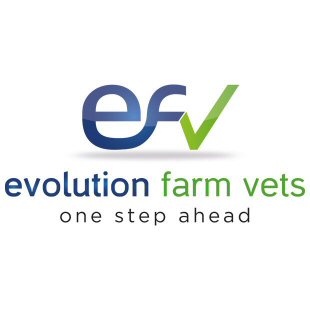The hog louse (Haematopinus suis) is the only louse to affect pigs. It is a large sucking louse (order Anoplura) measuring up to 5-6mm. The nymphal stages often are found deep inside the ears, around the ears, elbows and between the legs. Adult lice may be found in the scurfy skin layer anywhere on the body. The lice are irritant to their host, causing reduced voluntary feed intake and Daily Live Weight Gain. The lice are also considered to be a vector for the spread of swine pox. Transmission tends to occur by pig to pig contact, although ova can survive in warm environments for up to 3 weeks. Buildings vacated by infested stock should be thoroughly cleansed prior to next use. The Avermectin class of anthelmintics (eg. Ivermectin) are effective against lice. Routine use is often given to sows on entry to the farrowing house. An eradication dosing programme would require the whole herd to be treated twice, 3 weeks apart.
These information sheets are provided for your interest. They should not replace veterinary advice from your veterinary surgeon.
Whilst every effort is taken to ensure the accuracy and completeness of the information provided at the time of writing, your specific circumstances must be discussed before advice can be given.
